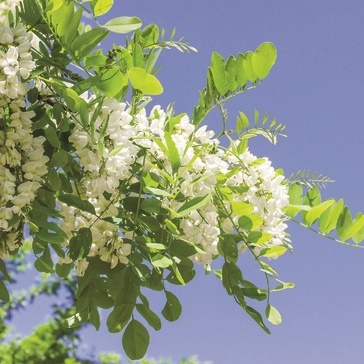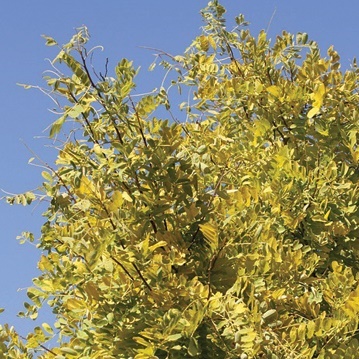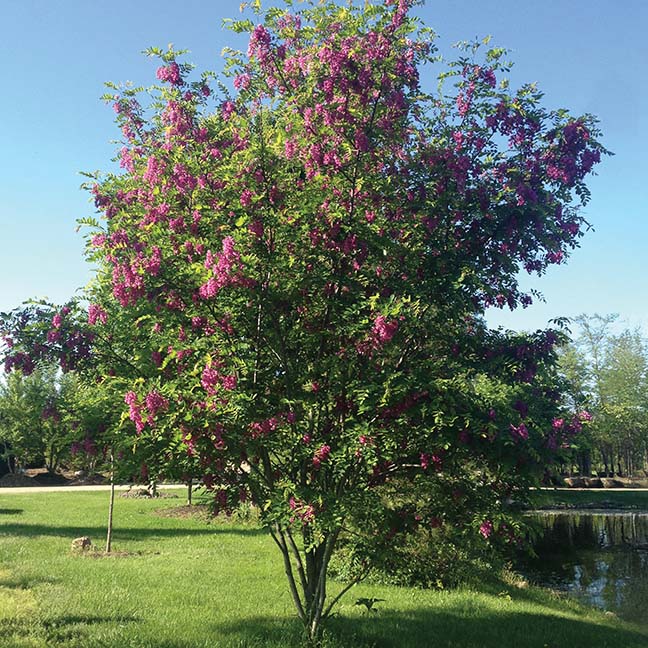BLACK LOCUST 30-60cm (1- 2') On Own Root
$15.95
(Robinia pseudoacacia)
This fast growing native North American legume tree has many uses. It is a nitrogen fixer and a good choice to plant with black walnut or chestnut in a shelter-belt or windbreak setting. Also ideal for hostile sites with poor or depleted soil, clay or gravel as it is very tough and drought resistant. The tree has fern-like foliage covering thorny branches and extremely fragrant strands of white flowers in the spring which bees find irresistible. Hard rot-resistant lumber makes long lasting fence posts and the highest BTU firewood. Mature trees can reach 18 meters (60') in height and 9 meters (30') in width
ZONE 3
$15.95 each
Qty of 10+ $10.95 each
Only logged in customers who have purchased this product may leave a review.



Reviews
There are no reviews yet.